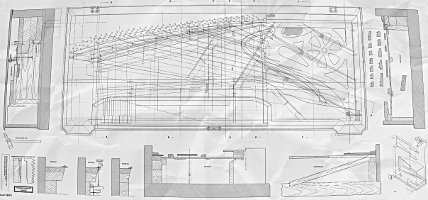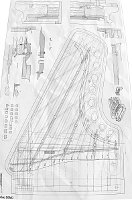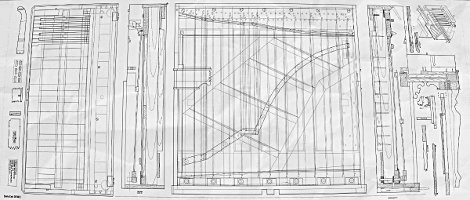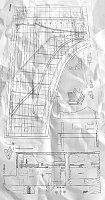My shop is in the back of a not quite a museum of old pianos. Many of the pianos are useful sources for parts and patterns, some of them are salvageable, and a few are quite interesting. I've organized many of them in order to uncover patterns in design and construction techniques, actions and decoration, and have documented those I think merit attention, through scale drawings, historical documents and archival information in order to provide context for my restorations.
Some of these, but also many more interesting pianos are shown at Stefan Schafft's website http://www.hammerfluegel.net)
Many of them are made by old Boston manufacturers - I have drawings and background documentation of 19th century Chickering, Hallet, Davis & Co., Emerson, George Hews and C. E. Rogers pianos, among others. In Chickerings this focuses on squares and earlier grands, as well as on grand actions designed for them by Brown, Ketten and St. Amant, and upright actions by Neill. This material is accurate enough to reproduce most of the parts, including their weight and hardness and elasticity when necessary, and is meant to be a permanent and portable record independent of the instruments themselves.

1840s Chickering & Mackays square

1850s Chickering & Sons grand
I also have collected information on a few foreign makers - I have drawings from four different Broadwood & Sons squares from about 1800 to 1830, at which point they were the largest piano manufacturers in the world. These document the firm's early transition from all wood frames to metal braced instruments with hitchpin plates. I also have drawings from two small pianos by Robert Wornum, a well known but relatively minor manufacturer who was one of the last to adopt metal framing.

1840s R. Wornum upright

1830s R. Wornum grand
Several of these documents have served as the basis for newly constructed instruments. I'm currently working on several small pianos.